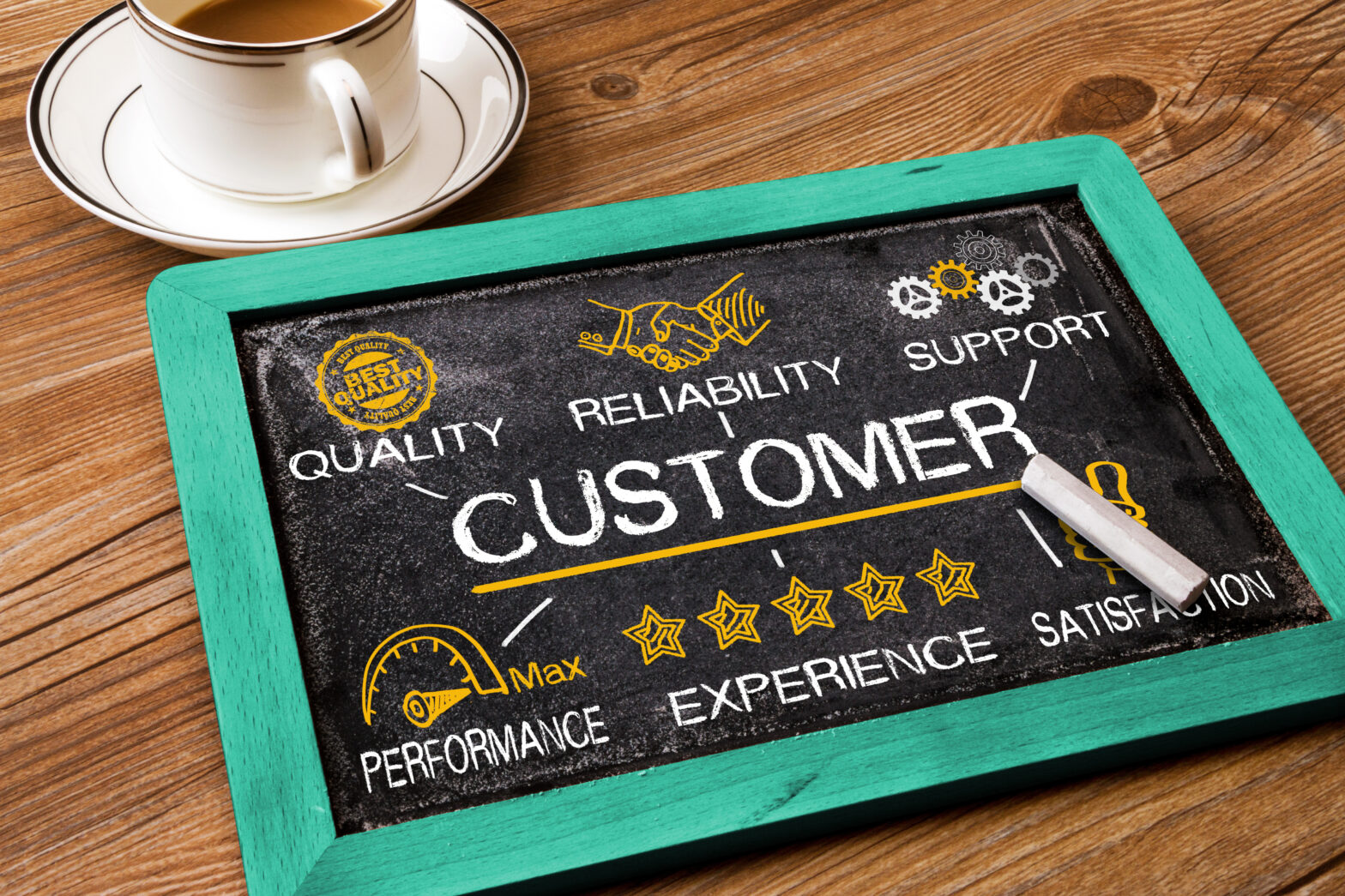If you ask a business leader what they think is the purpose of their business, they may reply that it is to maximise profit for shareholders. Or they might say that it is to create value for all stakeholders, including customers, employees, suppliers and local communities, as well as shareholders. In some cases, they might even refer to a higher purpose – to find solutions to human needs – from which they believe customers and profits will follow as a natural result.
Defining common purpose is a key task of leadership. So what purpose should you decide on to maximise your business success? Research shows that leaders who put customers at the centre of their endeavours, with the aim of making customers’ lives better, are more likely to inspire truly customer-centric staff, who work hard to keep those customers coming back, thus driving growth.
Starting with the needs of the customer will fulfil the wider purpose of creating value for all stakeholders. Here are five ways in which you can make sure you’re putting the customer at the heart of your business.
Focus on making customers’ lives better
This shared goal resonates more than the profit motive with both consumers and employees and helps companies to outperform their competitors. By increasing customer centricity, you are more likely to build purchase intent, driving business growth. The purpose of improving people’s lives is the only sustainable way to recruit, unite and inspire all the people a business touches, from employees to customers.
Taking customer focus to a new level is the key to success, not just because it resonates with customers and emphasises the importance of serving those customers (and understanding their needs), but because it puts managers and employees into customers’ shoes. This attitude is powerful because it shows ‘we are doing something for someone else’.
Make serving customers exciting to your employees, too
The purpose of your company has to be made personal to every individual within it, and enable them to see how they are improving lives outside the business. You cannot articulate a purpose that resonates with customers but fails to excite employees. Employees need to feel excited by the purpose, because it does good for others and makes them feel worthy. A purpose that is explicitly about serving shareholders can turn people off.
Steve Hood, chairman of Ford Retail Group, agrees that you need to articulate your purpose in a way that works across the organisation as a whole – it has to be versatile and applicable to everyone: ‘It’s all about relevance – to the employee and to the customer. If it’s not relevant to every job role and every layer of the organisation, if you can’t articulate it clearly and simply, then I think your purpose is wrong. It has to be able to help you to steer every decision you make.’
He describes the modern consumer as buying into a brand’s values and purpose. They make decisions based on whether they trust the brand and whether they think the company cares about them. To earn that trust everyone in the organisation has to understand what the company’s purpose means and why it is so important.
Measure all performance against the customer purpose
Leaders who transparently measure performance against customer purpose enable individuals throughout the company to take action and responsibility for delivering the purpose.
Creating value for customers is the only way to create value for shareholders and other stakeholders. No company can be a force for good for all of its stakeholders unless it makes a profit. Serving customers better than your competitors helps to keep your business in existence, give employment, hire suppliers and provide value to local communities.
If every person in the organisation knows and understands exactly who the customer is, what their needs are and what they are trying to do, it shifts the emphasis from an inside-out focus to an outside-in one. By bringing the customer to life in these ways, companies stand a better chance of driving greater engagement inside and outside the organization, and improving trust and reputation.
Stay ruthlessly true to the customer purpose
Leaders are guardians of the purpose and have to be ruthless about ensuring that teams deliver it. Julie Dean and her mother Freda Thomas founded The Cambridge Satchel Company in 2008. Julie’s vision was simple: to revive the traditional British leather satchel. Julie was determined that she would produce all products in Britain, and ensure they were made with care and expertise by skilled craftspeople.
With the business now worth more than £50 million, Julie is still fiercely committed to preserving British manufacturing and, in spite of enormous pressure to satisfy demand with an overseas production model, she has ensured that each stage in producing every bag takes place on British soil. She now has more than 150 people working in her company, and their devotion to the purpose of producing authentic British satchels, she says, is admirable.
Julie believes her Cambridge satchels have become a truly inspirational global brand because she has stayed rigidly true to her purpose – to make authentic British satchels, which have enormous appeal with customers.
Express your purpose as a benefit to customers
Take care to express your customer purpose as a benefit those customers value. It is essential that your core purpose must be focused on your customer. Your wider purpose, to create value for all your stakeholders, is better placed in your vision statement – either long-term or near-term. Employees will then take pride from the purpose, and align with the good you do for the people you serve, helping you to create value for all.
Ford Retail Group operates as Trust Ford at over 65 sites in the UK and sells more than 100,000 vehicles per annum. With more than 3,000 staff, the total turnover of the group exceeds £1.5 billion a year. Their expressed purpose is ‘to drive the standard in customer care’ – not simply to provide a good product range, but also to wrap around that very good service from highly engaged employees who care about their customers and the brand.
As chairman Steve Hood says: “As part of an exercise when we considered how to sustain our growth and profitability, we had a huge debate about whether or not our purpose was to make a profit for our shareholder. The overwhelming view was that profit was not sustainable without good customer satisfaction and only that would drive loyalty, which would drive a sustainable business.’
This extract from People with Purpose by Kevin Murray is ©2017 and reproduced with permission from Kogan Page Ltd.





